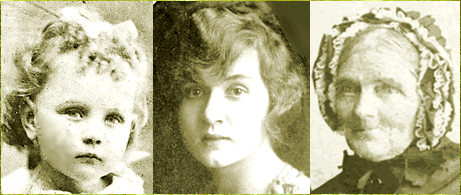This "Australian Family History" course introduces the basic principles for good genealogical research, concentrating on sources in or about Australia. It provides links to a range of materials, including birth, death & marriage certificates, and also to other lesser known resources which can add interest to your family history.
Indigenous peoples have lived in Australia for tens of thousands of years, but settlement by Europeans began on 26 January 1788 when the First Fleet landed at what was to become Sydney. Convicts were sent to eastern Australia until 1853, and to Western Australia from 1850 to 1868.
From 1788 the eastern half of Australia was called New South Wales, and so even in areas that later became other states, the earliest records are generally to be found in NSW documents.
Van Diemen's Land (Tasmania) became a colony separate from NSW in 1825 - South Australia was founded in 1836. Victoria separated from NSW in 1851 (just before the major gold rush). Queensland became a separate colony in 1859. Northern Territory was part of South Australia between 1863-1911. Only Western Australia was never originally part of NSW. That area of land was once called New Holland, being later renamed the Swan River Colony (after the settlement made on that river at Fremantle near Perth in 1829) but soon the colony was renamed Western Australia. The Commonwealth of Australia was established in 1901.
Researchers need to be aware of which government was managing an area at the time of interest, in order to know which government's records they need to check. Until recently, most Australian census records were routinely destroyed after summary information was gathered. Only the very earliest censuses survive, so researchers need to use other lists of names to track ancestors.
Select Next to proceed into the detailed course notes.

